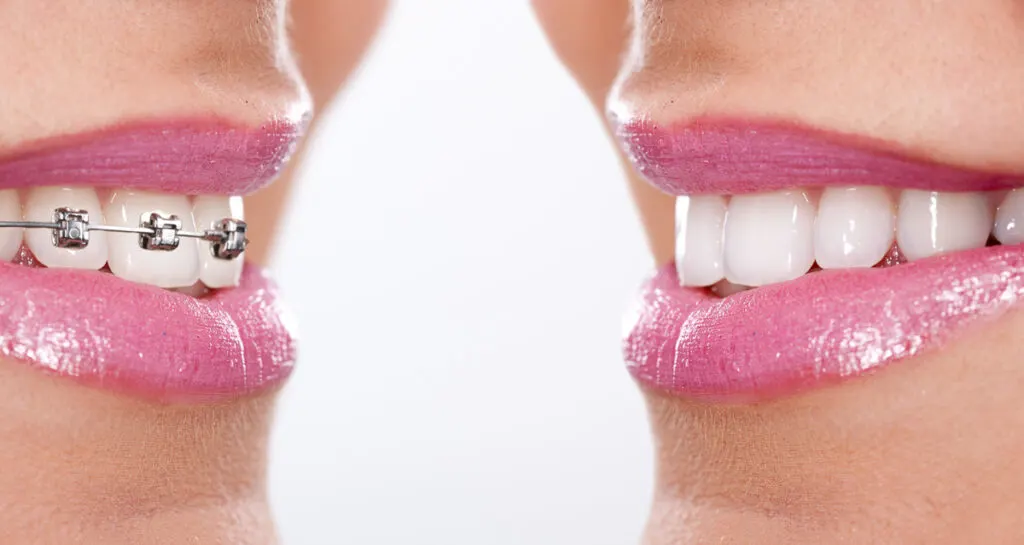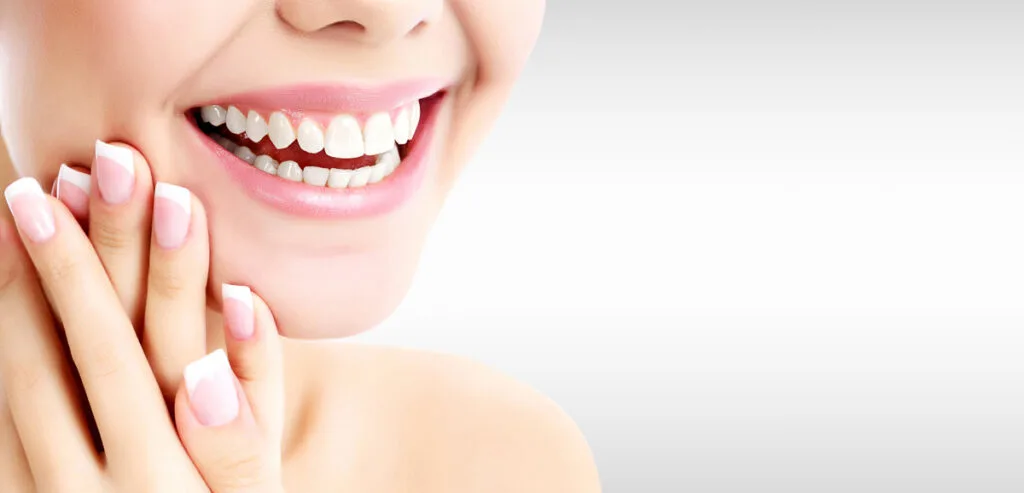Spacers for Braces: Creating Space for Orthodontic Alignment. You’ll find all important Information about the Topic in this Article.
Are you considering getting braces or currently on your orthodontic journey? One essential component of orthodontic treatment is the use of spacers for braces.
In this article, we’ll explore the purpose of spacers, their placement procedure, tips for dealing with them, what to expect after placement, and answer some common questions.
So let’s dive in and learn more about spacers for braces!

Introduction to the Topic “Spacers for Braces”
1. What are braces?
Braces are orthodontic devices used to correct misaligned teeth and bite issues.
They consist of brackets, wires, and other components that work together to gradually move teeth into their desired positions.
Braces are a common solution for various dental problems, including overcrowding, gaps, overbites, underbites, and crossbites.
2. Purpose of spacers for braces
Spacers, also known as separators, play a crucial role in orthodontic treatment. Their primary purpose is to create space between specific teeth before the placement of braces or other orthodontic appliances.
By inserting spacers, orthodontists ensure there is enough room to accommodate the brackets and wires that will be attached to the teeth.
What are spacers for braces?
1. Definition and purpose
Spacers are small elastic rings or metal springs that are placed between specific teeth to gently push them apart.
They create the necessary space for the subsequent placement of orthodontic bands or brackets.
This extra room is essential for ensuring that the braces can be attached properly, allowing for effective tooth movement during the course of treatment.
2. Types of spacers
There are two primary types of spacers: elastic separators and metal spring separators. Elastic separators are commonly used and are made of a stretchy rubber material.
They are placed around the teeth to create the desired space gradually. Metal spring separators, on the other hand, are made of a thin wire coil and provide a more immediate separation of the teeth.
How are spacers for braces placed?
1. Procedure for spacer placement
The placement of spacers is typically done during a separate dental visit before the braces are applied.
The orthodontist or dentist will use specialized tools to carefully position the spacers between the targeted teeth.
The process is relatively quick and straightforward, but some patients may experience slight discomfort during the procedure.
2. Potential discomfort and pain
After spacer placement, it is common to experience some discomfort or soreness in the treated area.
This discomfort is primarily due to the pressure exerted on the teeth as the spacers create space.
It is important to note that everyone’s experience may vary, and some individuals may feel minimal discomfort, while others may experience more pronounced sensitivity.
Over-the-counter pain relievers can be taken to alleviate any discomfort, but it is advisable to consult with your orthodontist or dentist before taking any medication.

Tips for dealing with spacers
1. Managing discomfort
To manage any discomfort associated with spacers, there are several strategies you can try. Eating soft foods, such as mashed potatoes or yogurt, can help alleviate the pressure on the teeth.
Avoiding sticky or hard foods is also recommended during this period. Additionally, rinsing your mouth with warm saltwater can provide some relief and promote healing.
2. Oral hygiene considerations
Proper oral hygiene is crucial when spacers are in place. It’s essential to continue brushing and flossing regularly, paying extra attention to the areas around the spacers.
Using a floss threader or interdental brush can help clean between the separated teeth effectively.
Maintaining good oral hygiene during this time will help prevent plaque buildup and potential complications.
What to expect after spacer placement
1. Adjusting to the presence of spacers
After the initial placement, it may take a few days to adjust to the presence of spacers.
You might feel a slight difference when biting or chewing, but this sensation typically fades as you get used to the spacers.
It is important to resist the temptation to touch or play with the spacers using your tongue or fingers, as this can dislodge or damage them.
2. Preparing for the next step in orthodontic treatment
Spacers are usually worn for a specific duration, typically ranging from a few days to a week.
Once the desired space has been created, the orthodontist will remove the spacers and proceed with the placement of braces or other orthodontic appliances.
This marks an important milestone in your orthodontic journey, bringing you one step closer to achieving a straight and healthy smile.
Conclusion on the Topic “Spacers for Braces”
Spacers for braces play a vital role in the orthodontic journey by creating necessary space for the placement of braces or other orthodontic appliances.
They ensure that your teeth can be properly aligned, leading to a beautiful and healthy smile.
Although spacers may cause some discomfort initially, proper care and following the advice of your orthodontist will help you manage any discomfort effectively.
Remember to maintain good oral hygiene and follow the instructions provided by your dental professional for a successful orthodontic treatment.

FAQs on the Topic “Spacers for Braces”
Can spacers be removed?
No, spacers should only be removed by a dental professional. They are typically removed during the same appointment when braces or orthodontic bands are placed.
How long do spacers stay in?
The duration for which spacers stay in varies from patient to patient. Typically, spacers are worn for a few days to a week, depending on the specific treatment plan designed by your orthodontist.
Can spacers cause damage to teeth?
When placed correctly and monitored by a dental professional, spacers should not cause any significant damage to teeth. However, it is crucial to follow all the instructions provided by your orthodontist and report any unusual discomfort or concerns.
Can spacers be uncomfortable?
Some discomfort or soreness is common after spacer placement. However, the level of discomfort can vary from person to person. Over-the-counter pain relievers and adopting soft food choices can help manage any discomfort experienced.
Can spacers be replaced if they fall out?
If a spacer falls out before your next orthodontic appointment, it is essential to contact your orthodontist. They will determine whether the spacer needs to be replaced or if the treatment plan can proceed without it.


